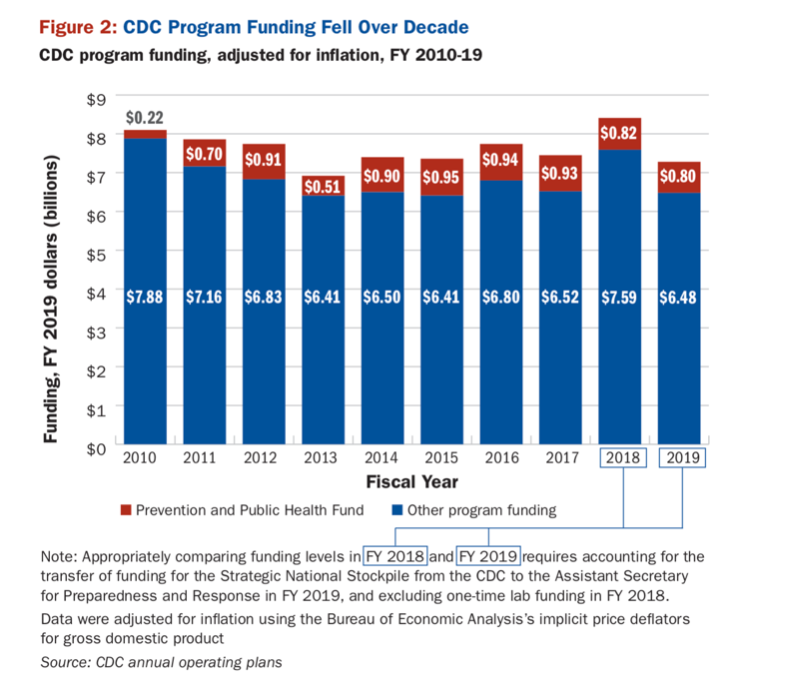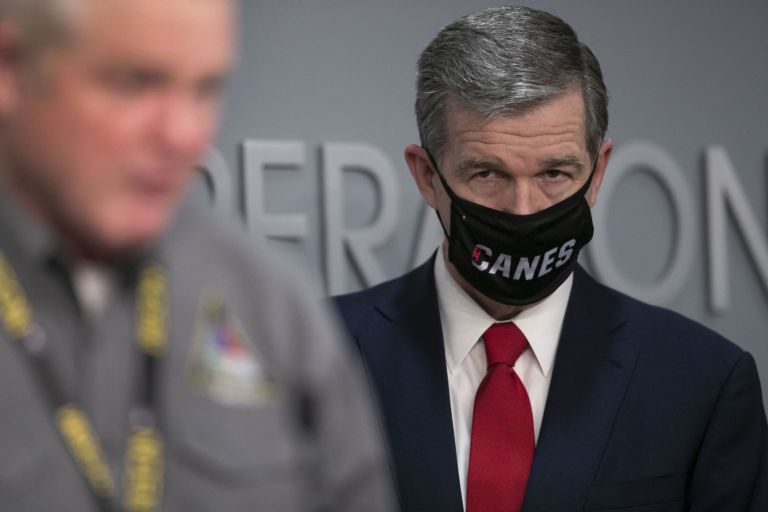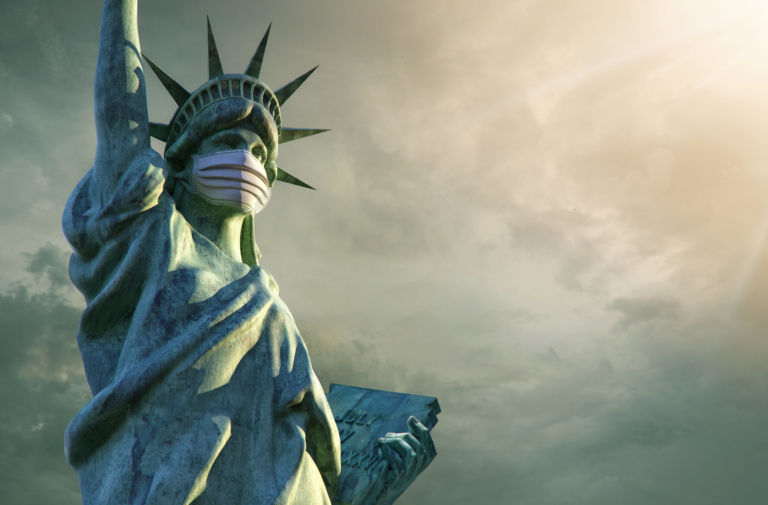Our budget stalemate may have an unexpected and unintended benefit.
Because the General Assembly and Gov. Roy Cooper could not agree on a new budget, state government has been operating for the past nine months on a smaller budget than either wanted, which has left the state with nearly $3.5 billion to meet the current crisis and its economic and fiscal fallout.
North Carolina still has $1.2 billion in the Savings Reserve, the state’s “rainy day” fund. More importantly, as of February 29, there was $2.26 billion in unreserved cash balance. Legislators should use half of the unreserved money to bolster the Savings Reserve in anticipation of slower revenues next year. That would leave $1 billion available for assistance in containing the spread of infection and individual recovery.
The coronavirus is already inflicting economic pain on Wall Street, in college towns, and any place people planned to gather from concert venues and convention centers to restaurants and churches. Regardless of our social distancing effort is successful in saving the health care system, COVID-19 will have an effect on state tax revenues over the next year. In fiscal year (FY) 2008-09, actual tax revenues were $3 billion less than budgeted. The Office of State Budget and Management (OSBM) and the Fiscal Research Division of the General Assembly recommend building the Savings Reserve to 10.9% of General Fund operating appropriations, or $2.6 billion, based on past experience in recessions. Reaching that target does not guarantee that the General Assembly will not raise taxes, but it would offer protection against the large tax hikes imposed and reimposed from 2001 through 2009.
What Has the State Done?
During the last two recessions, Democratic majorities in the legislature and Democratic governors raised the sales tax rate to increase revenue by hundreds of millions of dollars per year. Gov. Mike Easley and his allies in the General Assembly diverted state pension payments to make ends meet in 2001 and temporarily raised the sales tax by a half-cent. They renewed the tax hike in 2003 and again in 2005, then let quarter-cent expire and made the other quarter-cent permanent in 2007. Gov. Bev Perdue and the General Assembly temporarily increased the sales tax by a full penny in 2009. The first Republican majority in both chambers of the General Assembly allowed the tax to expire in 2011 over Perdue’s veto, saving taxpayers $827 million in the first year alone. Legislators have a great deal more money in savings and in unreserved balances to forestall another round of tax hikes while maintaining essential spending.
Current legislative leadership has made these savings possible as a result of continued spending restraint. This restraint has not meant cuts to essential programs as some claim. For example, a progressive advocacy group recently claimed that public health funding was cut by 28% because of tax reforms. This claim combines bad math, bad history, and a bad understanding of state government. Budgeted expenditures for the Division of Public Health in the Department of Health and Human Services dropped 17%, from $189.0 million to $156.6 million between FY 2008-09 and FY 2010-11, both periods when Democrats remained in control of the General Assembly and well before any tax cuts. This spending covers programs for food assistance, sickle cell anemia, and HIV/AIDS with programs related to the coronavirus outbreak. The budget bill for FY 2018-19 appropriated $156.7 million.
Looking closely at the segment of public health spending for pandemics (i.e., public health preparedness and response, capacity building, the chief medical examiner, state health lab, and communicable disease surveillance), appropriations have grown from $24.9 million in FY 2014-15, the first full year of tax reform, to $34.6 million between in the current 2019-20 fiscal year, according to the OSBM’s Open Budget website. Federal funds have increased from $35.8 million to $59.1 million, bringing total expenditures that could help with coronavirus to $93.7 million, a 54% increase from the $60.7 million spent five years ago. Higher spending is not necessarily better spending, but these increases belie the claim that the General Assembly has prioritized tax cuts over public health.
At the federal level, Trust for America’s Health shows that federal spending on the Centers for Disease Control and Prevention (CDC) has been largely consistent since 2013. Funding for state and local preparedness and response has been stable since 2011. Again, the level of spending is not indicative of wise use, but the CDC has not been gutted by the Trump administration. Its fumbled response was not likely due to a lack of funding, again despite claims to the contrary.

What Could the State Do?
Legislators need to protect themselves from appropriating more money than can be effectively used in the short-term and prepare for the longer-term impacts on the economy and the state budget. That is why using half of the unreserved money to bolster the Savings Reserve is so critical. Despite such a large transfer, the state would have $1 billion on-hand to help contain the spread of infection and assist with recovery efforts.
The federal government has already committed billions of dollars to public health efforts, small business loans, and an expanded safety net. Billions more will likely follow. Private individuals, companies, and charities are also stepping up with assistance for their neighbors, employees, and customers. We will consider ways the state can provide financial assistance without subverting what civil society has already begun. For now, the most important step is to safeguard unreserved funds so people do not face higher taxes on top of everything else they will face.
Deregulation of the health care sector will provide more resources to limit the virus’ spread and treat those who become infected. To the extent North Carolina must dedicate resources to enforce such regulations, dismantling them can also free up money for direct assistance or other priorities.


